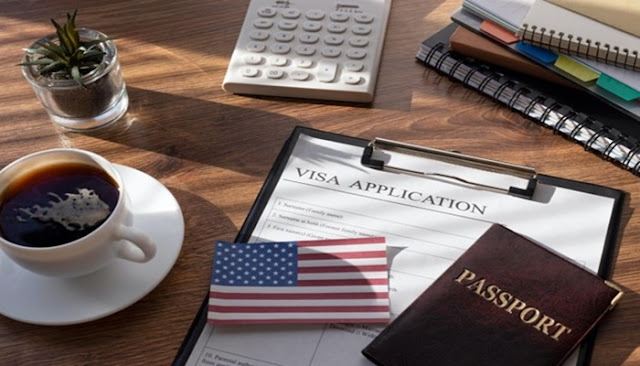Hiring international talent has several advantages. You have a far broader pool to choose from, you can fill skill gaps in your company with niche talent, and you often save money on employees.
However, if you’re part of a US company bringing talent from overseas, it pays to know the ins and outs of the American work visa process. From eligibility to application, approval to compliance, there's a lot to learn about bringing in foreign workers on a US visa.Here’s everything you need to know about work visas in the US.
Exploring Common Work Visa Options in the US
To start, understand that the US Department of State grants several types of visas. However, you're likely to encounter three common visa types: H visas, L visas, and O visas.
H Visas are the most common. Among this visa class, the H-1B involves bringing in professionals with high expertise, as demonstrated by post-secondary education or equivalent work experience; the H-2B concerns temporary workers brought in to manage seasonal or peak business loads.
Similarly, a business can apply for O visas if they can prove a hire demonstrates “extraordinary ability in the sciences, arts, education, business, or athletics.” For businesses, you need to show that the hire is among a “small percentage who have arisen to the very top of the field.”
Meanwhile, a business that has already hired an employee abroad and now wants to relocate them to the United States will apply for an L visa.
Alternatively, if you want to compliantly and quickly hire and pay your global team without setting up foreign legal entities, work with an all-in-one EOR service platform.
Navigating the Application Process
Once you or the hire in question has determined the suitable visa type, you can proceed with the application. Here’s a bare-bones peek at what that looks like:
● You, the US employer, cite a secure job offer on the application to satisfy the "Employer sponsorship" criteria.
● The employee files an LCA (Labor Condition Application) stating that their employment won’t adversely affect US workers’ conditions and wages.
● You, the US employer, file a form I-129 with US Immigration, along with the required documentation.
● You complete the Visa application, including relevant information and documentation.
● The hire attends an interview.
If successful, the application moves to processing, which can take anywhere from a couple of weeks to several months before approval and issuance.
What Employers Should Know: Compliance, Obligations, and Partnering with EORs
Once approved, the US employer assumes certain legal obligations to their sponsored foreign workers. These obligations primarily concern wages, working conditions, and maintaining compliance with the parameters of the visa regulations.
While it’s possible to manage these obligations alone, it’s better to leverage a professional EOR platform, which ensures compliance with local labor regulations. Note that you may use an EOR platform from start to finish in the process, from visa pre-check services to documentation preparation, all the way through to managing compliance.
Hopefully, this article gives you the basic information your company needs to acquire and relocate international talent.

No comments:
Post a Comment